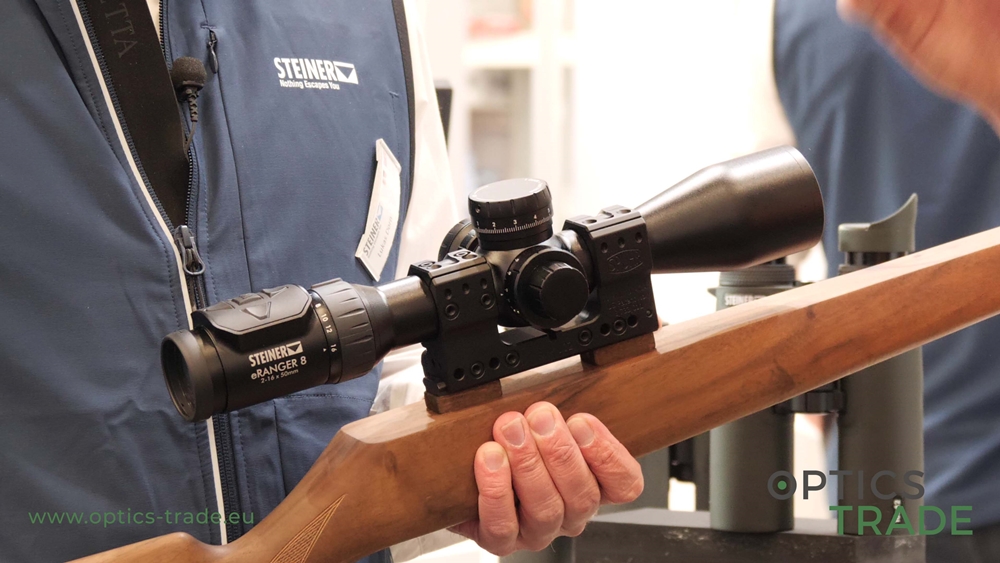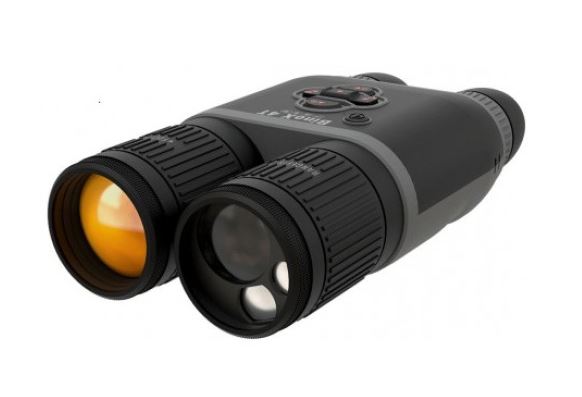Product:
INSTRUCTIONS
The NOBLEX® 7×40 / 10×42 B/GA binocular telescope is a binocular telescope with single focal adjustment. lt is protected from external attack by a strong rubber casing.
The dust- and waterproof 7×40 / 10×42 B/GA is intended for use in severe climatic conditions and for increased mechanical load; it withstands rough conditions of use.

TECHNICAL DATA
| Model | 7×40 | 10×42 |
| Magnification | 7 x | 10 x |
| Object lens diameter (mm) | 40 | 42 |
| Exit pupil diameter (mm) | 5.7 | 4.2 |
| Exit pupil intercept length (mm) | > 20 | > 20 |
| Visual field at 1000 yds distance (m) | 131 | 100 |
| Geometrical luminosity | 32.65 | 17.64 |
| Index for twilight capacity | 16.7 | 20.5 |
| Diopter range of adjustment (dpt) | ±7.0 | ±7.0 |
| Weight (g) | 980 | 1090 |
DESCRIPTION OF SUB-ASSEMBLIES AND OPERATING ELEMENTS
The optical system shown is a very modern system of a direct-vision prism binocular telescope. lts design ensures the minimum size of instrument and an extreme weight reduction without limiting the optical main parameters embodied up to now in traditionally-designed high-quality equipment. As a result, the 7×40 / 10×42 B/GA is aimed at high climatic and dynamic loads. In addition to the extreme robustness of the instrument, its high dust- and water-tightness is particularly important.
The lens is designed as an air-gap lens with principal planes pulled forwards. In this way, the distance between back lens and image is shortened and so low overall length is obtained.
The eyepiece is a zemented lens system with an exit pupil intercept length of SAP > 20 mm (the proper model for spectacle wearers).
The inversion lens system consists of a pentaprism and a half pentaprism. This combination enables the flat method of construction to be achieved.
The eyecups are rubber shaped parts which can be turned inside out and which permit observation with the naked eye in spite of the long pupit intercept length. Observation with spectacles is possible when the eyecups are turned inside out.
The eyepiece cap is a plastic shaped part and is used to protect the eyepiece lens from condensation and mechanical damage in the carrying position. lt is attached to the shoulder strap and is removable (4 fig. 1).
The lens caps are plastic shaped parts and used to protect the front lenses from contamination and mechanical damage when carried. They are attached to the lens impact guard (5 fig. 1).
The casing and lens impact guard are rubber shaped parts, removable for ease of maintenance, and are used to protect the instrument from shock and impact. The casing is ribbed longitudinally for better handling (2 fig. 1).
The hinged joint is designed as an articulated hinge and is used to vary the interocular distance from diameter 60 mm to 75 mm (1 fig. 1).
The shoulder strap is a „Dederon“ strap which enables the instrument to hang while being carried without a case. lt is attached to loops on the strap and held in the correct position by strap slides (3 fig. 1).
UTILISATION OF INSTRUMENT
Correct hold
The full performance of the telescope is only achieved when held in the steadiest possible position. When observation is carried out, hold the eyepiece cap aganist the telescope with the thumbs. The lens caps hang freely downwards. Put the eyecups firmly against the eyebrows. This prevents interfering incident light coming from the side.
Adjustment of interocular distance
In order to obtain a wide circular field of vision, the binocular telescope must be adjusted to the interocular distance of the various users. This correction is made by bending the central hinge until the fields of vision of the right-hand and left-hand telescope completely coincide. The scale (1 fig.1) on the hinge indicates the setting of the interocular distances valid for the user from now on. The engraving marks the interocular distance of 60mm, 65mm and 70mm.
Distance focusing and compensation for errors
The 7×40 / 10×42 B/GA is a binocular telescope with individual eyepiece focusing. When observing objects at a specitled distance, it is necessary to adjust the desired image by focusing using the eyepiece. First of all, turn both eyepieces on the knurled rings provided for them in the „+“ direction.
Adjustment is carried out in two stages, separately for the right and left eye: aim at the object to be observed:
- Then close the right eye and by turning the knurled ring on the left eyepiece adjust to maximum definition for the left eye.
- Then close the left eye and aim at the same object. Using the knurled ring on the right eyepiece adjust to maximum definition for the right eye.
In this way distance and compensation for errors (observation without spectacles) are adjusted correctly at the same time. When observing objects repeatedly at the same range of distance, the correct setting can be predetermined using the markings on the eyepieces.
Adaptation of eyecups
The 7×40 / 10×42 B/GA has specially designed eyepieces which enable observation with spectacles to be carried out and thus make use of the full visual field of the instrument. For this purpose the eyecups are turned outwards. The eyecups are normally used flat.
Cleaning
The external optical parts should first be cleaned of dirt with a second clean, dry paint brush. Further cleaning can be carried out with a flannel cloth and light circular movements from the centre to the edge (blow if necessary).
Take care that the optical parts are not smudged with oil or grease or touched by a finger. Excessively strong rubbing while cleaning or on optical parts can destroy the transparent coating (T-Coating).
For cleaning internal optical parts as well as for replacing sub-assemblies and spare parts, the instrument must be sent into a contractual repair shop.
Because of the continuous, further development of our products, deviations from the illustrations and the text of this prospect are possible. Its copy – even in extracts – is only permitted with our authorization. We reserve the right of translation. For publications we gladly provide available reproductions of illustrations.




